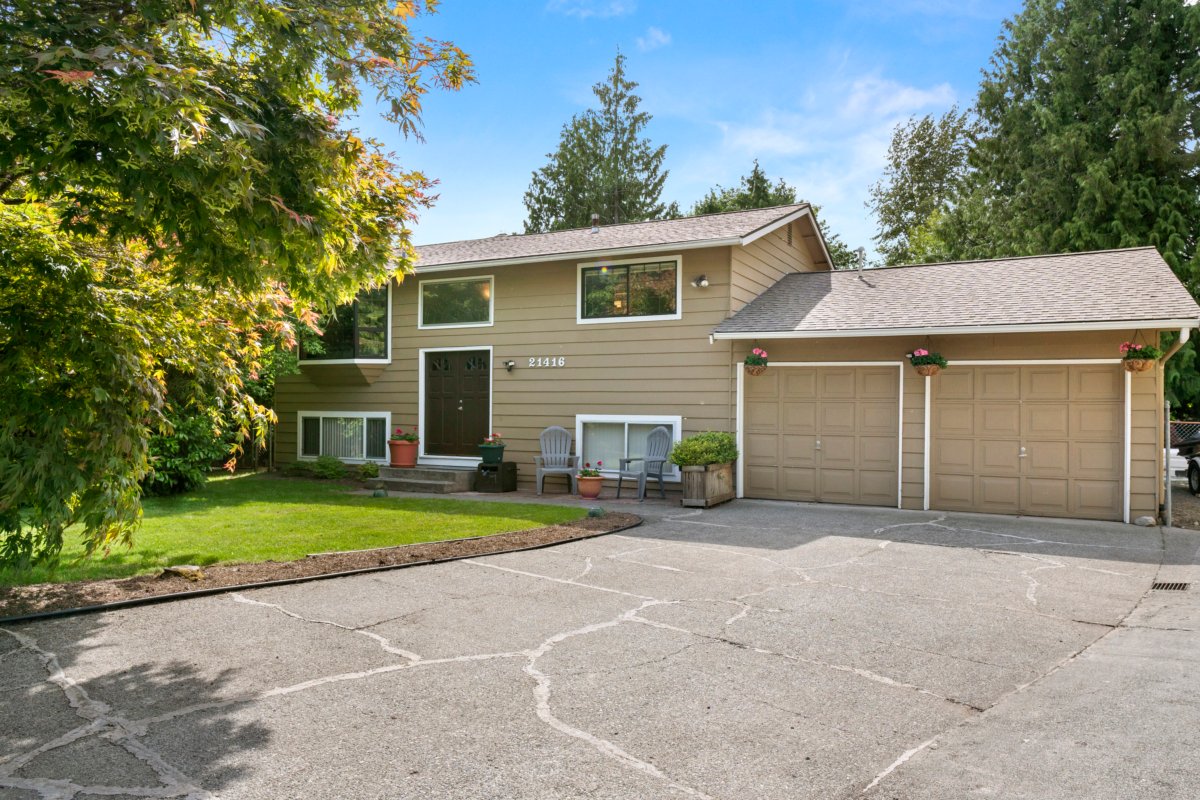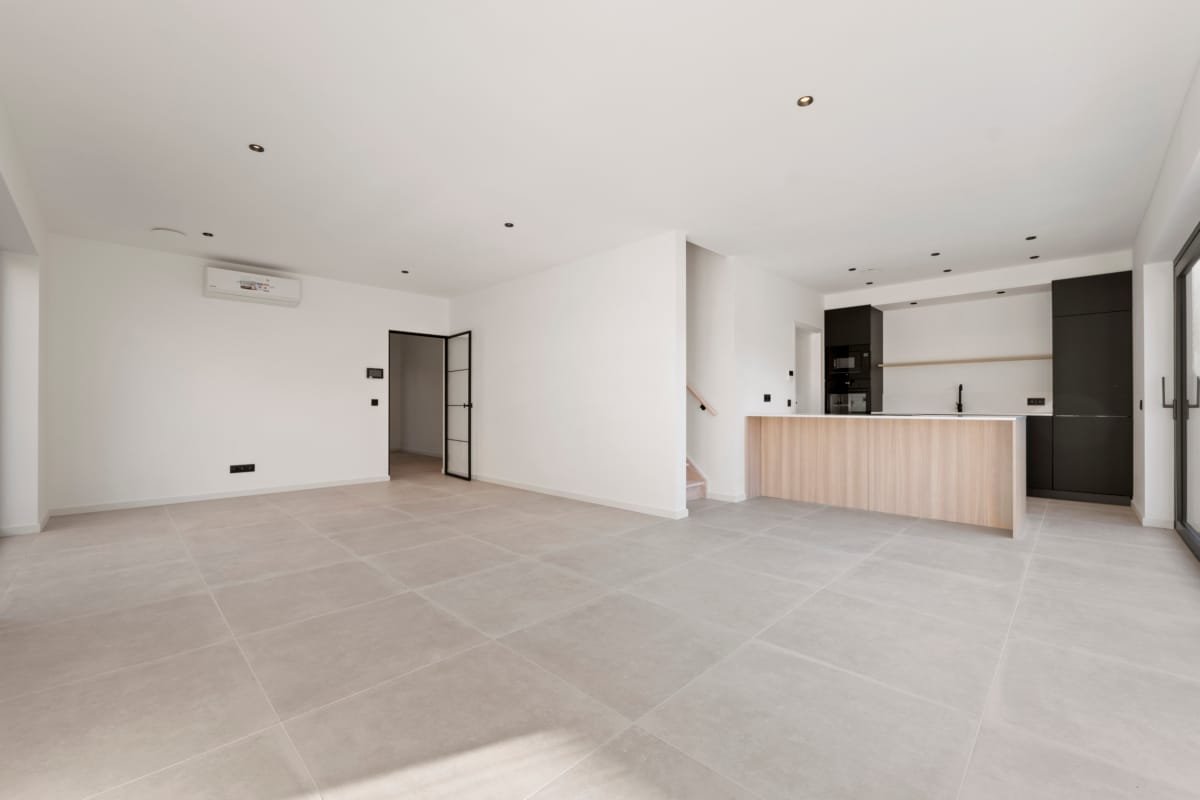
The Ultimate Guide to Real Estate Photography Tools: Essential Equipment for Professional Results
In the competitive world of real estate photography, having the right tools can make the difference between good and exceptional property photos. This comprehensive guide explores the essential tools that every real estate photographer should have in their arsenal, along with detailed insights on selection, usage, and maintenance.

Real Estate Photography
1. Wide-Angle Lens: The Foundation of Real Estate Photography
A high-quality wide-angle lens is perhaps the most crucial tool in real estate photography, serving as the cornerstone of your equipment collection.
Key Features to Look For:
- Recommended focal range: 16-35mm for full-frame cameras
- Minimal barrel distortion for straight lines
- Edge-to-edge sharpness for consistent quality
- Fast aperture (f/2.8 or better) for low-light situations
- Weather sealing for outdoor durability
Popular Professional Options:
- Canon EF 16-35mm f/2.8L III USM ($2,199)
- Nikon 14-24mm f/2.8G ED ($1,899)
- Sony FE 16-35mm f/2.8 GM ($2,199)
- Sigma 14-24mm f/2.8 DG HSM Art ($1,299)
Pro tip: Look for lenses with minimal barrel distortion and good edge-to-edge sharpness. Consider renting different options before making a final purchase decision.
2. Professional Tripod System
A sturdy tripod is essential for achieving sharp, well-exposed images, especially in challenging lighting conditions. The right tripod system can significantly improve your workflow and image quality.
Essential Features:
- Carbon fiber construction for lightweight durability
- Built-in bubble level for precise alignment
- Quick-release plate for efficient camera mounting
- Adjustable height and leg angles for versatility
- Geared center column for precise adjustments
- Load capacity exceeding your camera setup weight
Recommended Components:
- Professional tripod legs (Really Right Stuff, Gitzo, or Manfrotto)
- Geared head for precise adjustments
- Quick-release system compatible with your camera
- Leveling base for rapid setup
Pro tip: Invest in a tripod with a geared center column for precise height adjustments and composition fine-tuning. Consider a model with removable legs for low-angle shots.
3. Advanced Flash System with Remote Triggers
Proper lighting is crucial for professional real estate photography, and a comprehensive flash system is essential for achieving consistent, high-quality results.
System Components:
- Multiple flash units for even illumination (minimum 3-4 units)
- Radio triggers with multiple channel support
- Various flash modifiers and diffusers
- High-capacity battery packs
- Light stands and mounting accessories
Advanced Lighting Techniques:
- Multi-zone lighting for large spaces
- Window-balanced exposure control
- Color temperature matching
- Accent lighting for architectural features
Pro tip: Consider a system that allows for multiple groups and zones for precise lighting control in different areas of the property. Godox and Profoto offer excellent options for professional real estate photography.
4. HDR Software and Post-Processing Tools

Real Estate Photography
High Dynamic Range (HDR) software is essential for balancing extreme lighting conditions common in real estate photography. A comprehensive post-processing workflow requires several specialized tools.
Essential Software Features:
- Automated bracketing and merging capabilities
- Advanced ghost removal for moving objects
- Natural-looking tone mapping options
- Batch processing for efficiency
- Perspective correction tools
- Color calibration support
Recommended Software Suite:
- Primary HDR software (Aurora HDR or Photomatix Pro)
- Adobe Lightroom for organization and basic editing
- Adobe Photoshop for advanced retouching
- Color calibration software
Pro tip: Develop a consistent workflow combining multiple software tools for optimal results. Consider using preset synchronization for consistent looks across property portfolios.
5. Virtual Tour and 3D Scanning Technology
With the increasing demand for virtual property tours, sophisticated virtual tour creation tools have become indispensable for modern real estate photographers.
Key Features:
- 360-degree photo stitching capabilities
- Interactive walkthrough creation
- Custom hotspot and information overlay options
- Mobile-friendly viewing experience
- VR compatibility
- Floor plan generation
Advanced Capabilities:
- 3D mesh creation
- Measurement tools
- Virtual staging options
- Multi-platform hosting
Pro tip: Look for software that offers both desktop and cloud-based solutions for maximum flexibility. Consider Matterport, iGuide, or 3D Vista for professional solutions.
Essential Accessories and Support Equipment
A complete real estate photography kit includes numerous supporting tools and accessories:
Camera Accessories:
- Lens cleaning kit with air blower
- Color checker card for accurate color reproduction
- Remote shutter release
- Multiple camera batteries and chargers
- Memory cards and backup storage
Lighting Accessories:
- Portable LED lights for dark spaces
- Light stands and boom arms
- Diffusion materials
- Gels for color correction
Additional Tools:
- Drone for aerial photography (with proper certification)
- Tilt-shift lens for architectural details
- iPad or tablet for client previews
- Laser measure for accurate dimensions
Comprehensive Investment Analysis
| Equipment Category | Entry Level | Mid-Range | Professional |
| Wide-Angle Lens | $500-800 | $800-1,500 | $1,500-2,500 |
| Professional Tripod | $200-400 | $400-800 | $800-1,500 |
| Flash System | $300-500 | $500-1,000 | $1,000-3,000 |
| HDR Software | $100-200 | $200-500 | $500-1,000 |
| Virtual Tour Software | $200/year | $500/year | $1,000+/year |
| Accessories | $500-1,000 | $1,000-2,000 | $2,000-5,000 |
Professional Equipment Care and Maintenance
Daily Maintenance:
- Equipment cleaning and inspection
- Battery charging and rotation
- Memory card formatting and backup
- Lens and sensor cleaning
Monthly Maintenance:
- Deep cleaning of all equipment
- Software updates and system checks
- Backup system verification
- Equipment calibration checks
Annual Maintenance:
- Professional sensor cleaning
- Equipment insurance review
- Professional calibration services
- Technology upgrade assessment
Remember that while having the right tools is essential, mastering their use is equally important. Invest time in learning and practicing with each piece of equipment to maximize their potential. Regular training and education in new techniques and technologies will help you stay competitive in the evolving real estate photography market.
Success in real estate photography comes from the perfect combination of quality equipment, technical expertise, and artistic vision. By carefully selecting and maintaining your tools while continuously developing your skills, you can deliver exceptional results that help properties stand out in today’s competitive real estate market.
Contact me for the best real estate photo editing service.






